The film dives into the niche world of motorbike racing, whereRiverdale’sK.J.
Can you tell us a little bit about what sparked that love?
KELLY BLATZ: I didn’t start riding motorcycles until late in my life, in my late twenties.
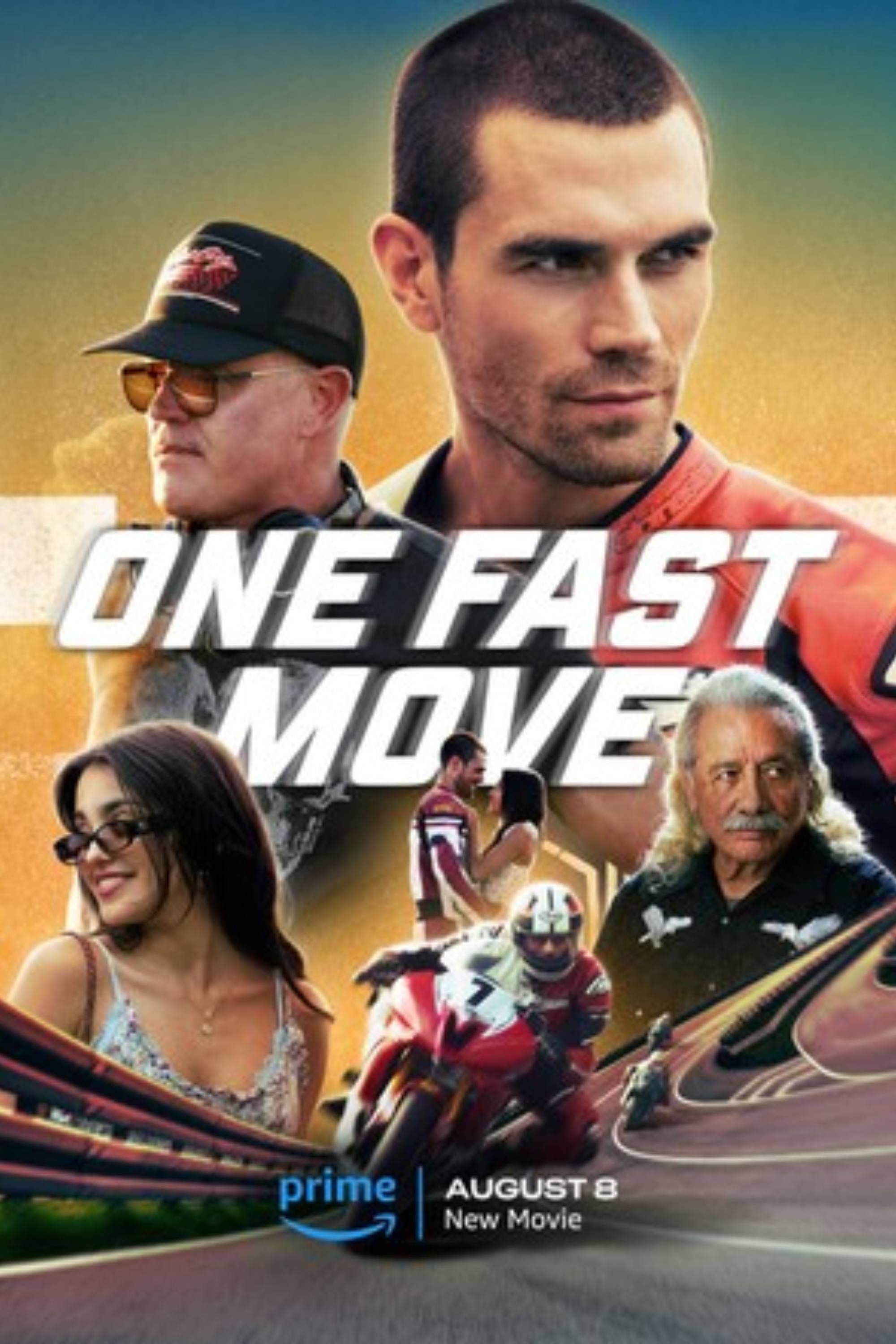
A young man seeks out his estranged father to pursue his dream of becoming a professional motorcycle racer. With help from his love interest and a motorcycle shop owner, he begins to break down the walls his father’s absence had created.
The minute I got on two wheels, I felt like it was a part of me.
I was always scared to ride motorcycles for some reason.
I decided it was a great challenge and decided to write this film.
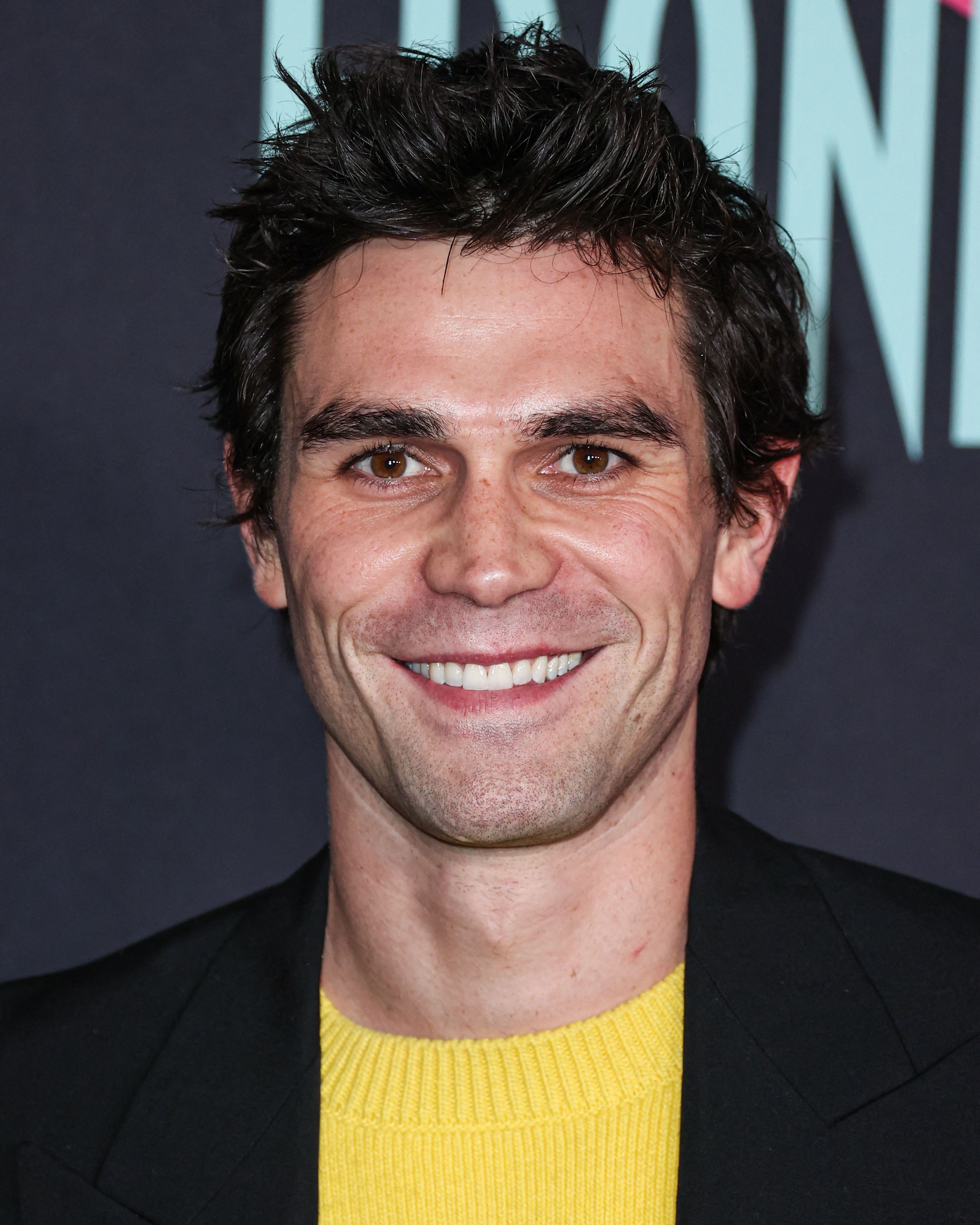
So you go into making this film already loving motorcycles.
I wasn’t very familiar with sport bikes and race bikes.
I ride cruisers and classics.
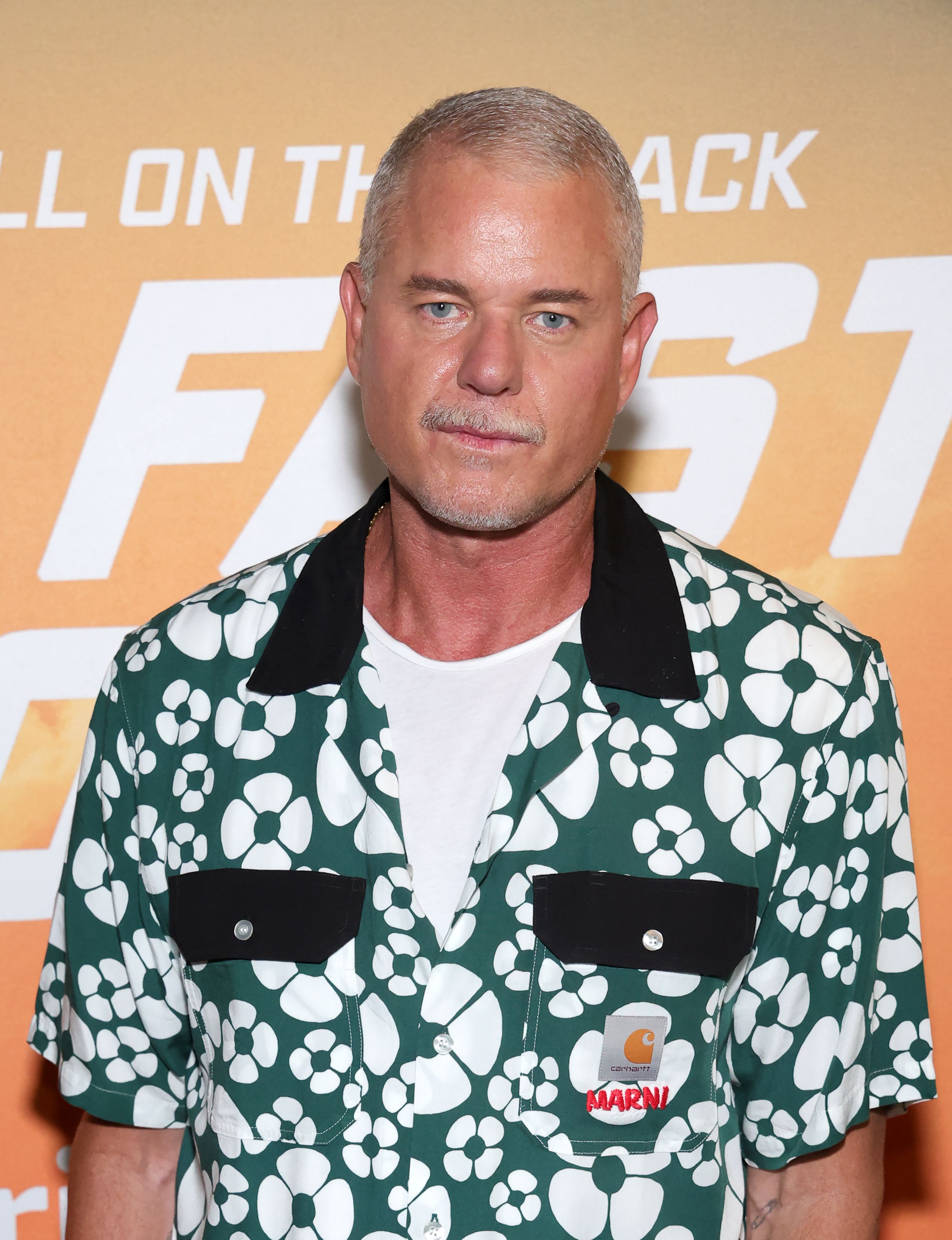
Race bikes are different than just sport bikesthey’re the suped-up, hyper versions, custom-built superbikes.
Once you get on the back of one of those, it’s like nothing else.
It’s a feeling that you really can’t describe; you just have to try it.
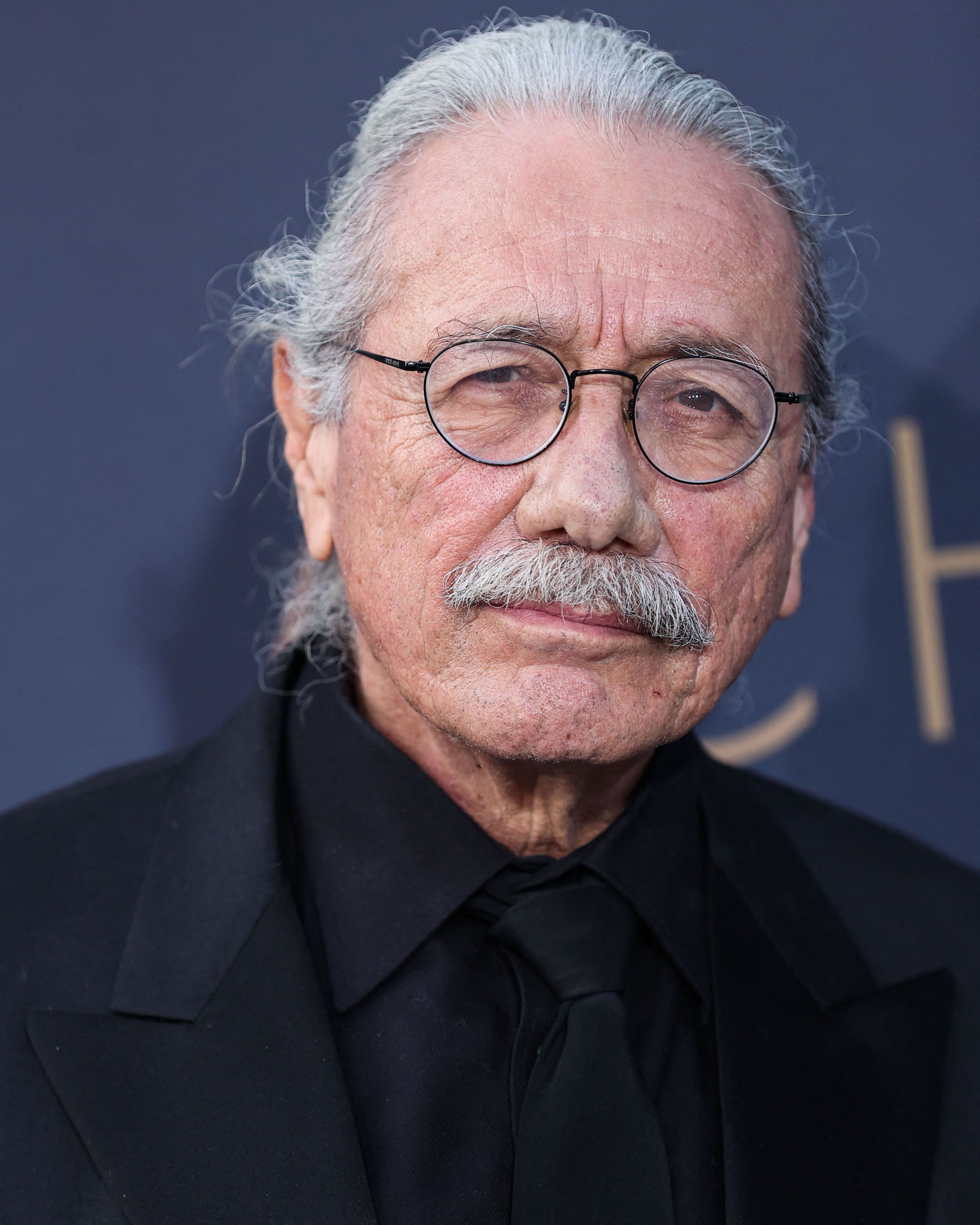
I was reading a little bit about how you started working on an outline for this story in 2017.
He had this emotional sensitivity, as well, that he was sort of covering.
It was really that essence.
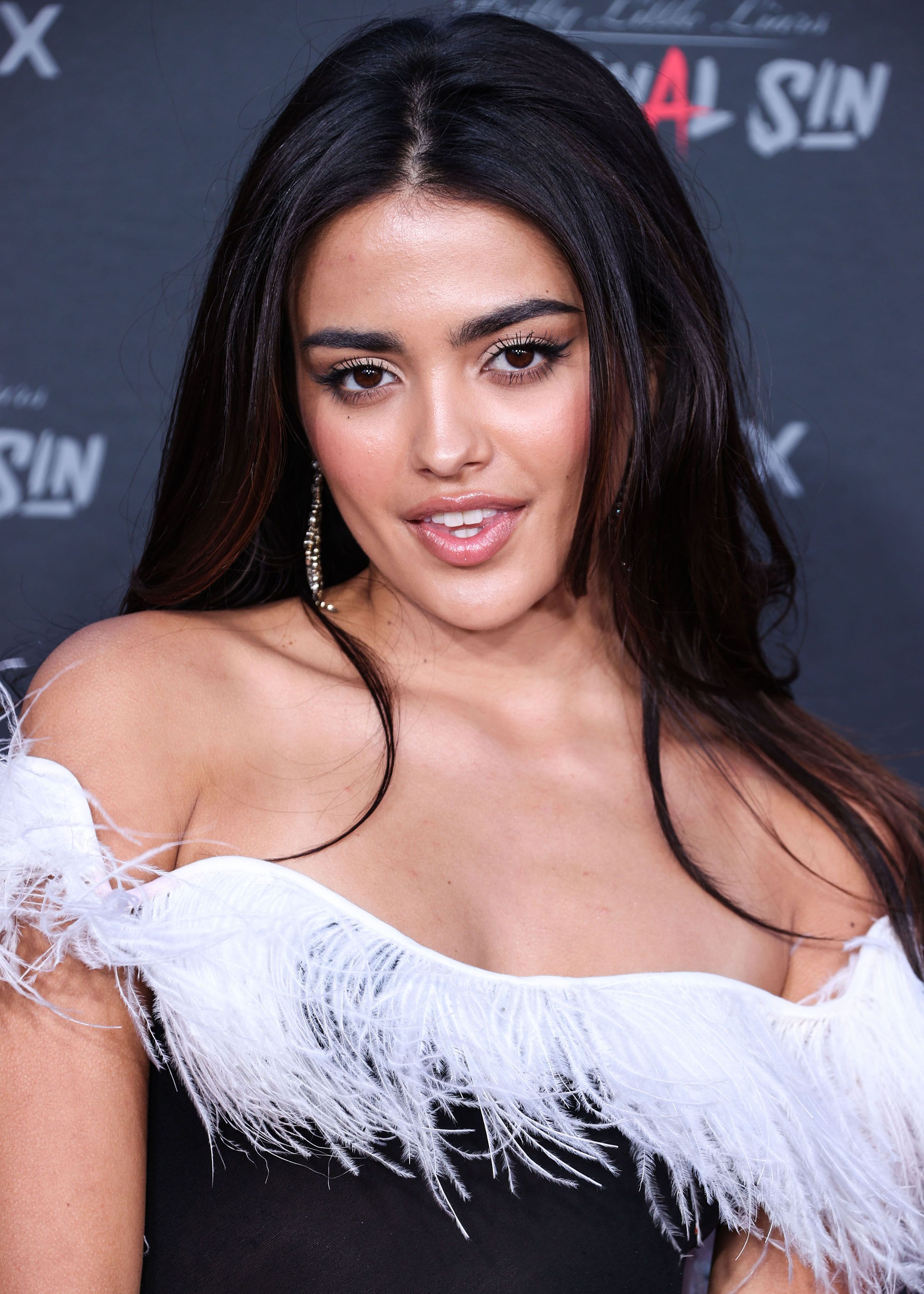
He’s just an amazing, amazing guy.
You go into making this movie knowing he’s perfect for the role.
So, he ended up being on it a year before we started shooting.
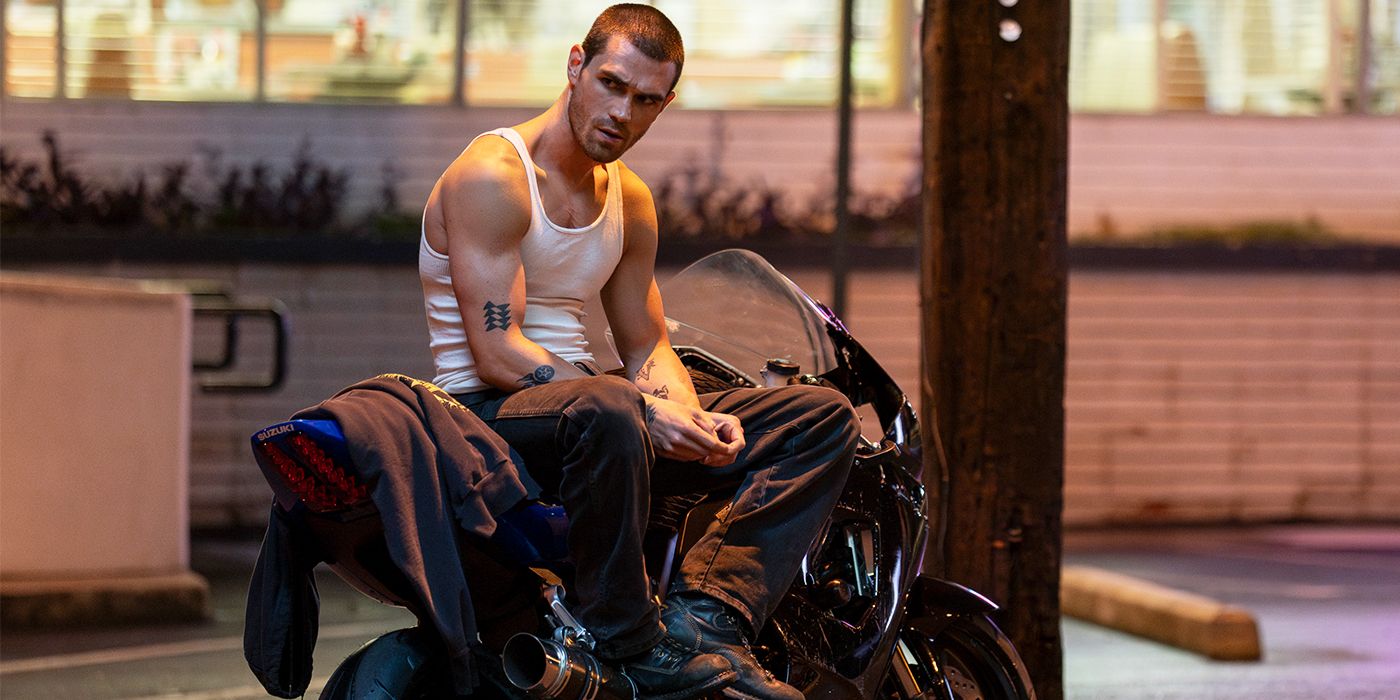
Image via Prime Video
I would adapt the script to what he was thinking about.
It was just a blessing because the script only got better because of his passion for it.
BLATZ: These are great questions, by the way.
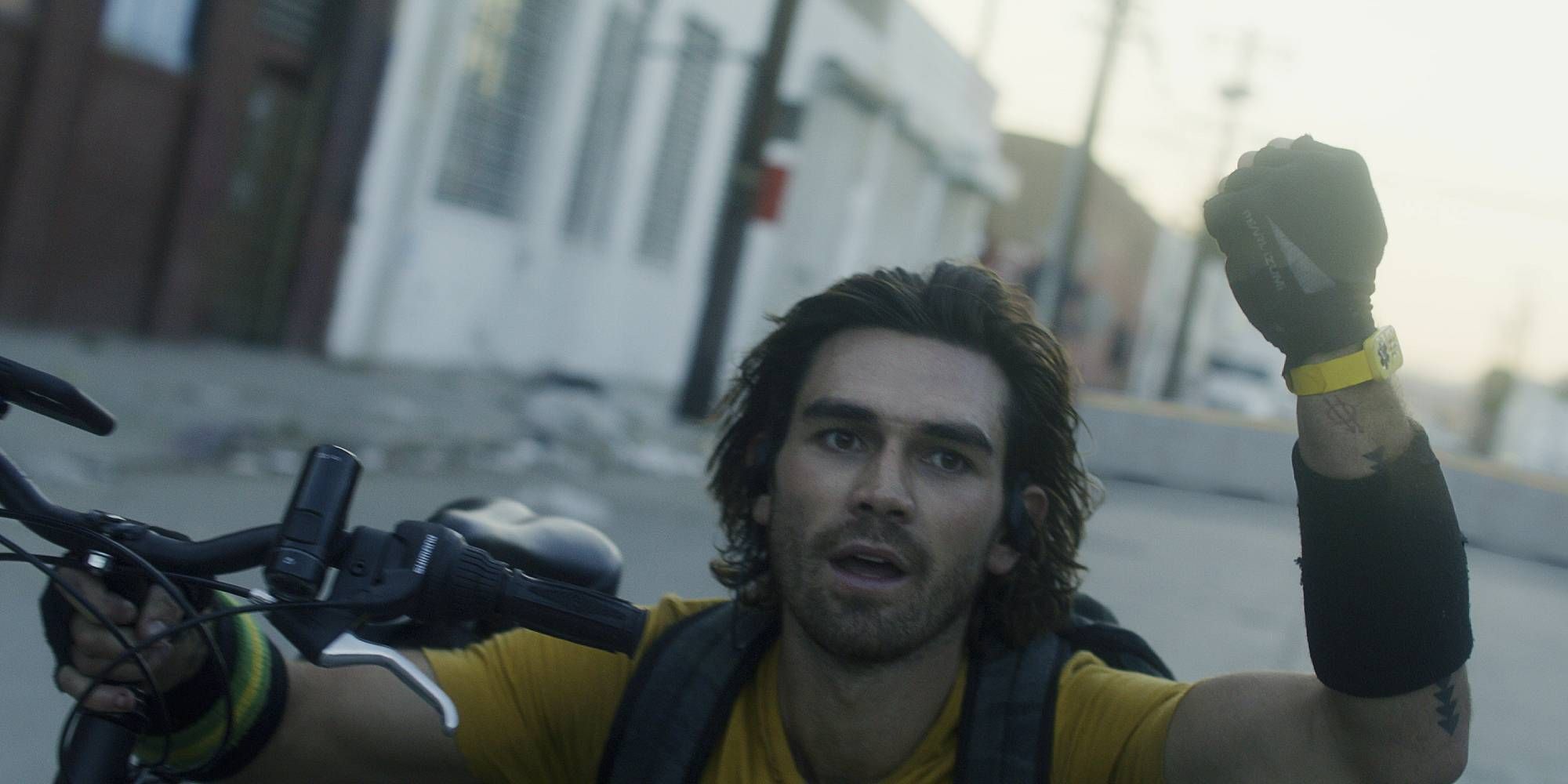
Image via STX Entertainment
Weve got five minutes, and you better cry.
That just makes you tense up and not want to cry.
That was a huge lesson for me as an actor.
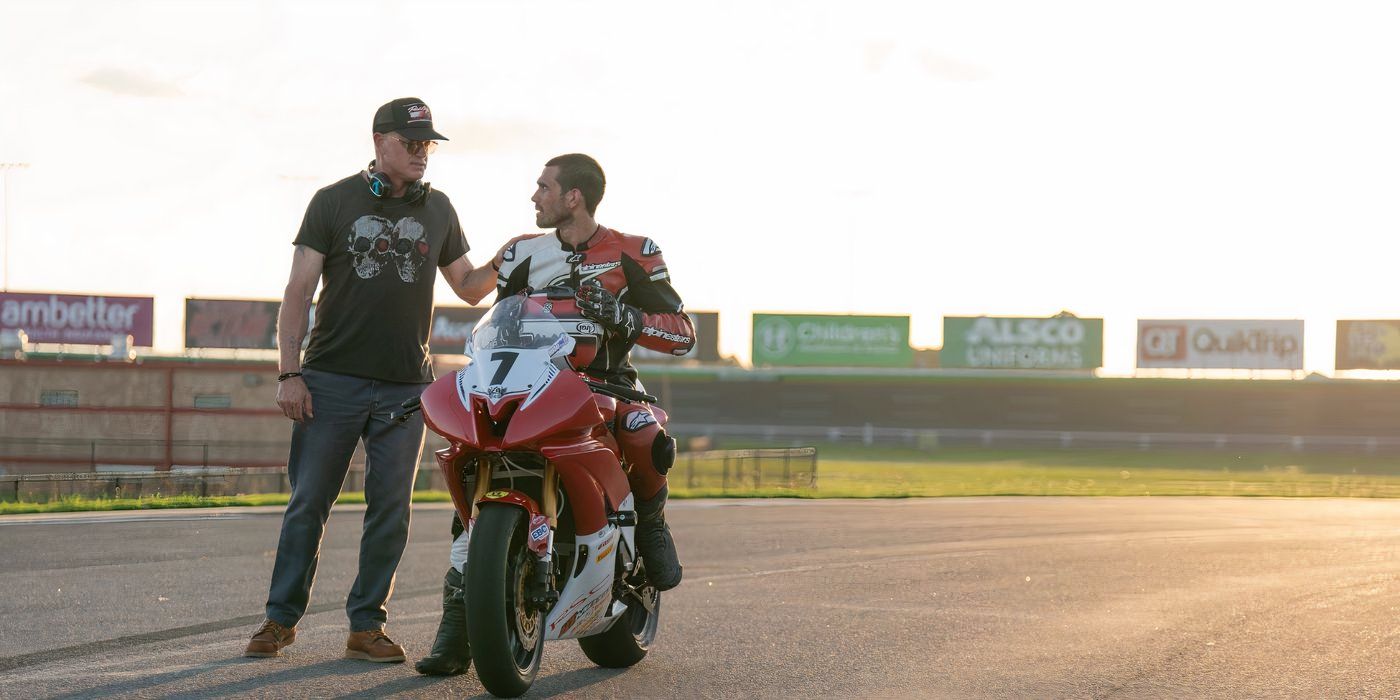
Image via Prime Video
It’s kind of counterproductive.
I’m thinking about something else that I read in our press notes.
I think Maia [Reficco] might have said that no take was ever the same on this set.
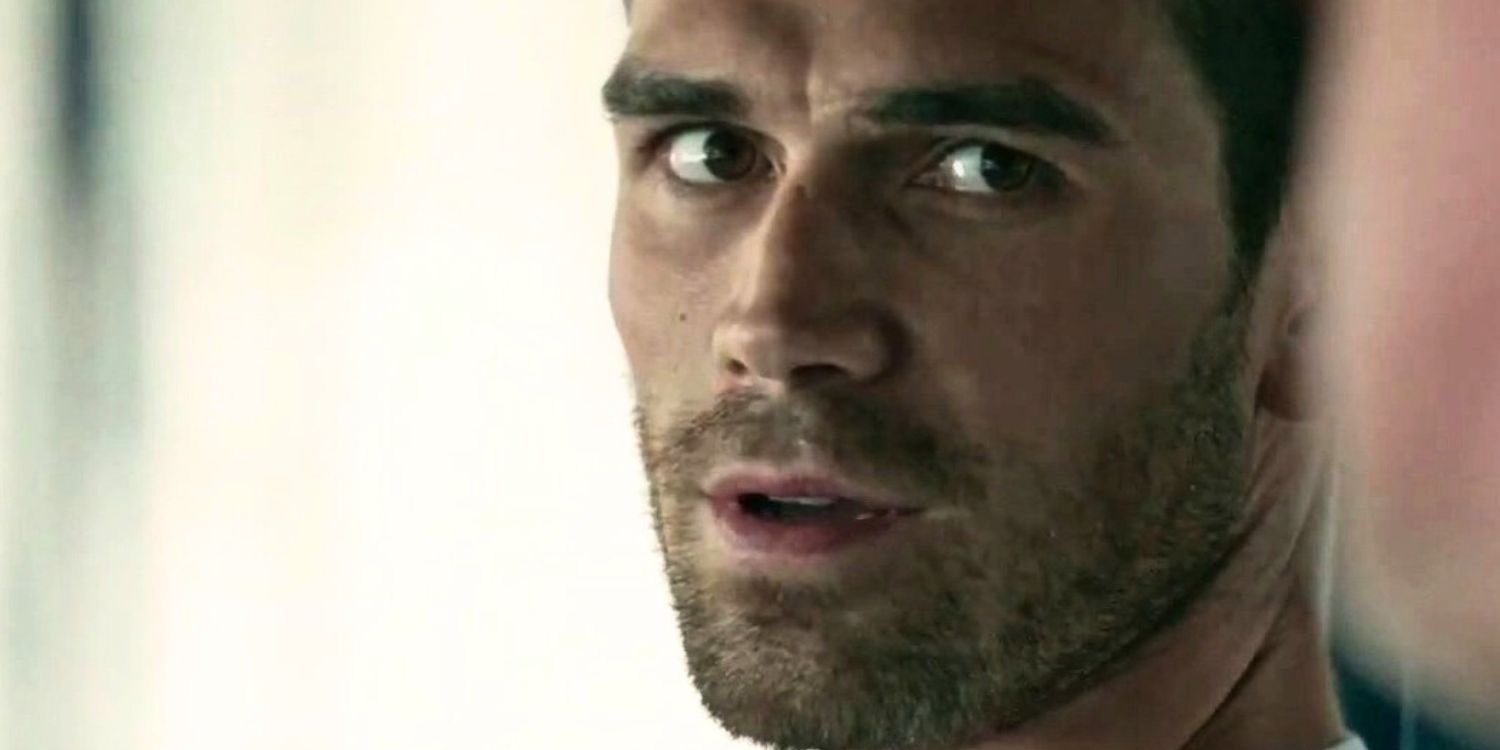
Image via Prime Video
In that way, every take was different, and I would just keep going and going.
For me, honestly,what I’ve learned most about directing is to try not to direct.
I want to flip it around, especially because you and KJ grew so close.
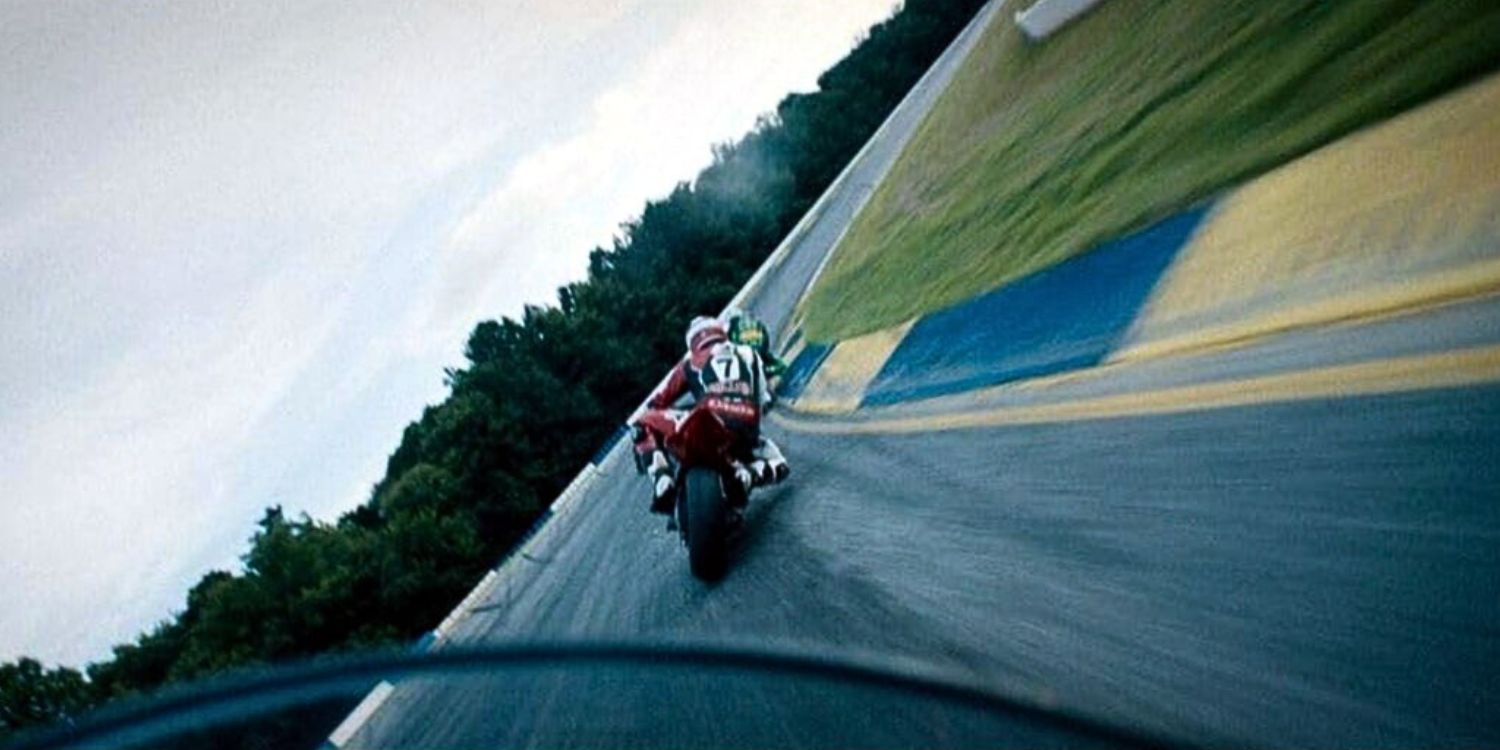
Image via Prime Video.
He brought that out of me.
I have to give a shout-out, I love you.
It’s hard to work in a vacuum.
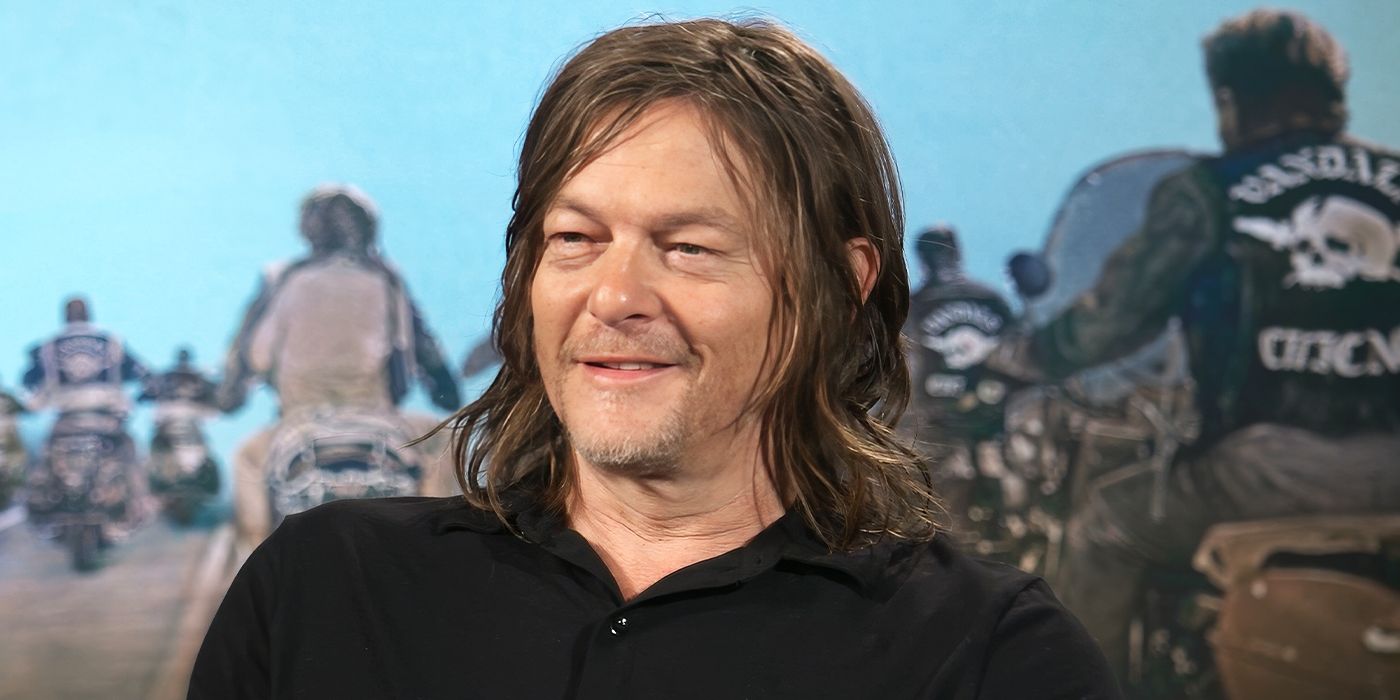
BLATZ: I haven’t shot action before.
My last film was about three people, mostly in rooms.
So, the races were intimidating to me because there’s danger involved there are so many moving pieces.
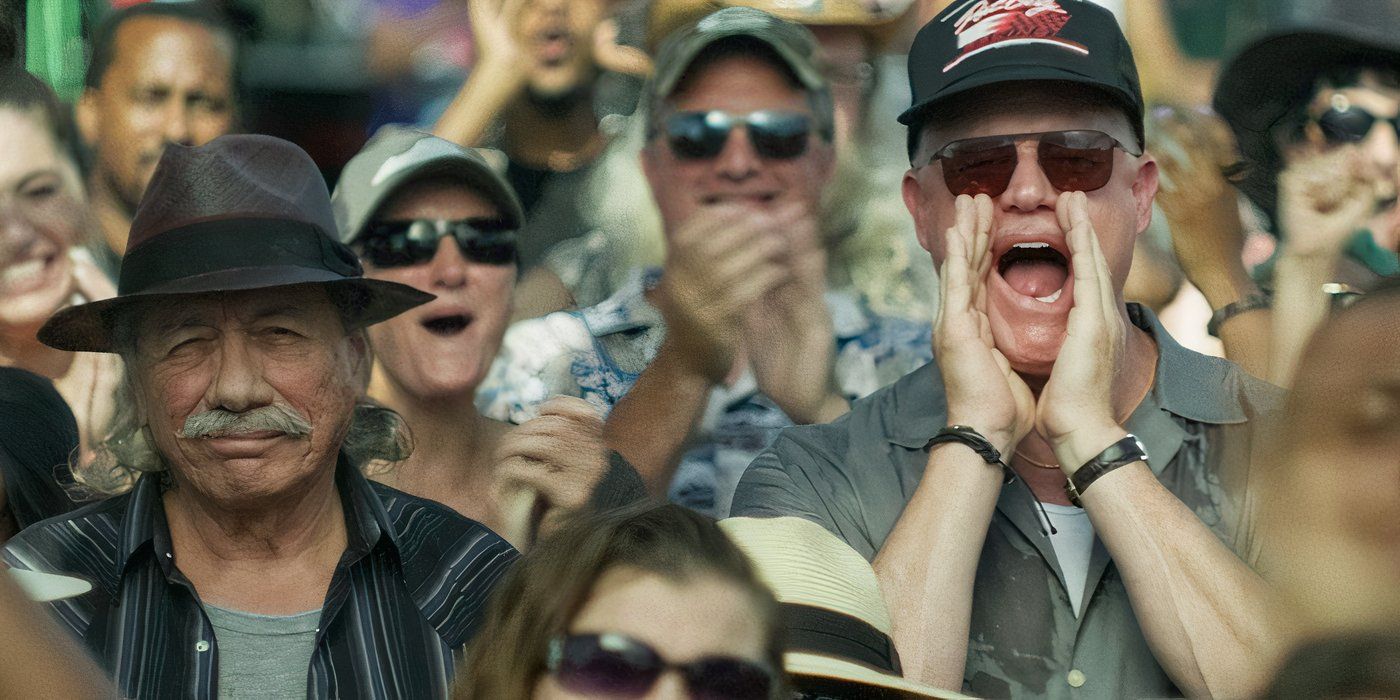
Image via Prime Video
You have these bikes going 150, 160 miles an hour.
The races were intimidating, and they were challenging to shoot because of that.
So, I would say that the races were challenging but ultimately the most rewarding, definitely.
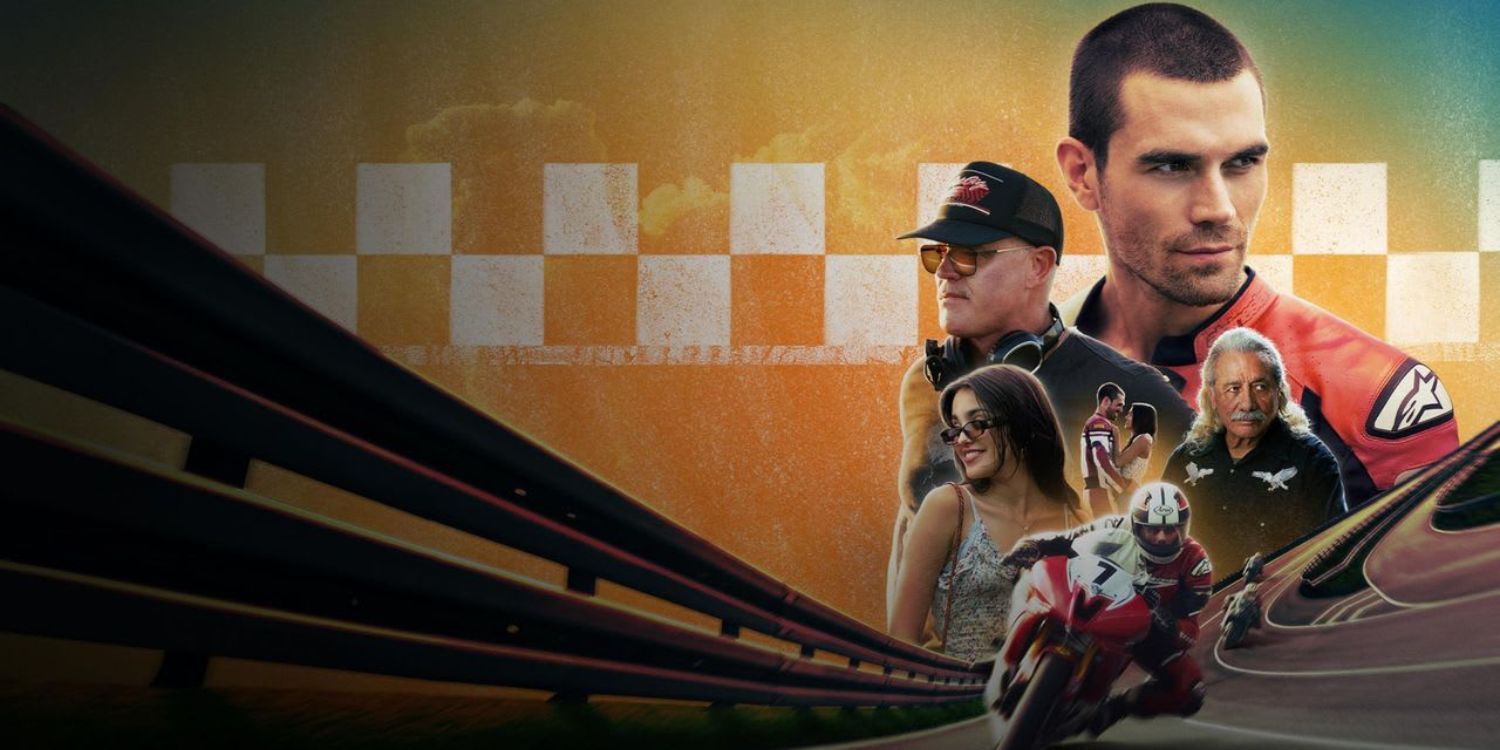
Image via Prime Video
What is something about your feature directorial debut that you found coming in handy on your second movie?
BLATZ: I love movies and stories about people, usually about three to four people for some reason.
That is really the nucleus and the North Star for me.

In that way, this film wasn’t different than my first film.
For me,I need to confirm the character storyline is the most important thing that I make work.
The racing is secondary.

I wanted to confirm that they were cohesive, as well.
I have a couple of bikes, and I showed him how to shift gears.
He had to learn and pick it up.
I think that was a really great way to do it.
For someone who wants to ride, that’s a way to do it.
I would say start on a scooter.
Scooters are good to start; that’s what I did.
[Laughs] Take a great course.
That was the last day of shooting.
We’re not going to be involved, which was one of the most fun days of shooting.
I love hearing about the unexpected magic you might find on set.
BLATZ: There’s the scene where Camila and Wes have a fight outside the diner.
That night was very particular.
We were like, “I don’t think we can get this scene at another time.”
The actors said, “We’re going to be ready.”
Finally, we had about 20 minutes before wrap, and they jumped out.
The scene had a certain urgency and intensity because we had 20 minutes.
I think that was a plus because it was like an “ignorance is bliss” sort of thing.
You build tools that will keep up with the bikes.
A drone can’t go that fast.
As far as the don’tI would not shoot in July in Georgia.
I would say that for sure.
Those are two good examples right there.
You had a motorcycle journalist on set, and your editor has riding experience.
They say the sound of the bikes.
Immediately, we’ll be very upset, which happens more often than not.
That was really the most important thing.
But also making sure that the lingo and the language are right.
I worked with a lot of racers in the script-writing phase while we were shooting and in post.
“I said, ‘Man, you have a lot of good-looking guys in this movie.
Can I try something?
Can I go in the other direction?'”
Why do you think that’s the case?
BLATZ: I’ve been asking myself that question.
And I didn’t know that beforehand.
[Laughs] I just said, “We’ll make it work.”
But I’m not really sure.
I think it’s not a particularly popular sport in America, much more overseas and in Europe.
I love things that are in niche worlds.
These are people who are paying money to race.
I really wanted to shine a light on a particular niche community that otherwise wouldn’t have.
I’ll lean into that a little more.
You show up in the pits, right?
At a MotoGP pit, the highest level you have is buses and VIP sections.
It’s just a sense of community, almost like camping.
Everyone’s helping each other out.
It’s very much community-driven.
Bring your family, bring your tents, your bikes, your dogs.
We just want to set up this environment to shoot.
And they were all there and showed up every single day.
BLATZ: Is there going to be a sequel?
[Laughs] It was a much bigger production.
My last question before giving it to the audience is my personal favorite question.
I think it’s very important to keep asking.
When you bring all these people together, you have this one mission to just complete something.
Hopefully, it makes sense in the end.
The scene where you shot KJs Adonis-like physique, was that a one-take kind of thing?
I noticed some exaggeration on his abdomen area.
BLATZ: [Laughs] That’s how committed he was.
Motorcycle racersarevery, very ripped; it wasn’t just a vain thing.
The first time he took his shirt off, the whole crew was like, What?
He has, like, 12… there’s like two extra abs going on.
Let’s just say that, and he was fine with it.
So, going into post, it was two things: One is the character aspect of it.
That stuff was very deliberate, and we kind of knew what those scenes wanted to be.
With the racing, it was different.
You have to let it sit, and then you have to try things.
AUDIENCE: Im just curious how many days you had to shoot the movie.
BLATZ: I’m going to minus the thunderstorms, carry the two.
We were doing both at the same time, which, for me, is a luxury.
It’s a luxury to make the film.
I’m so grateful to be able to make the film.
But we ended up making it happen.
One Fast Moveis available to stream now on Prime Video in the U.S.
Watch on Prime